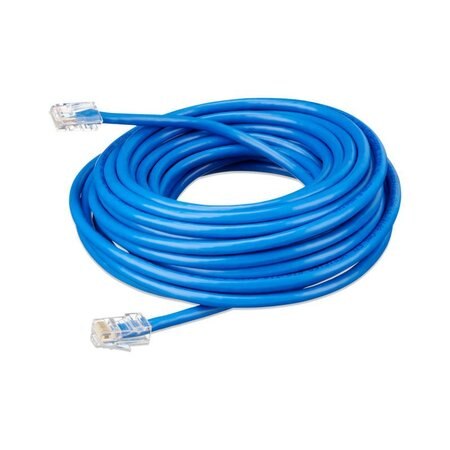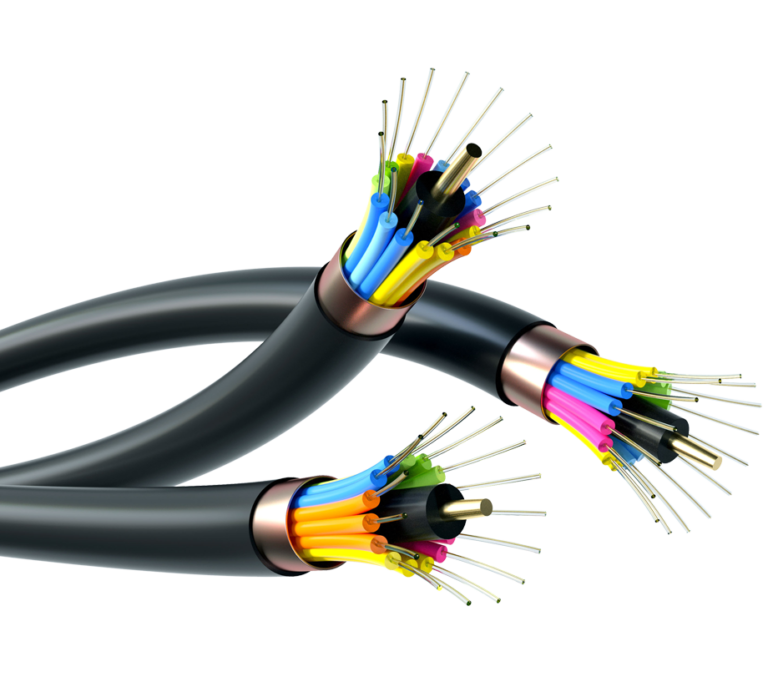UTB & Fiber Cables







UTB and Fiber Cables
Unshielded twisted pair (UTB) and fiber optic cables are the two most common types of cables used in networking today. UTP cables are made up of four pairs of copper wires that are twisted together to reduce interference. Fiber optic cables use light signals to transmit data, which makes them faster and more immune to interference than UTP cables.
UTB Cables
UTB cables are the most common type of cable used in home and office networks. They are less expensive than fiber optic cables and easier to install. However, UTB cables have a lower bandwidth and can be susceptible to interference from other electrical devices.
UTB cables are classified into different categories, with each category supporting a different maximum bandwidth. The most common categories of UTB cables are:
- Category 5 (Cat5): Supports up to 100 Mbps bandwidth
- Category 5e (Cat5e): Supports up to 1 Gbps bandwidth
- Category 6 (Cat6): Supports up to 10 Gbps bandwidth
- Category 6a (Cat6a): Supports up to 10 Gbps bandwidth
- Category 7 (Cat7): Supports up to 100 Gbps bandwidth
Fiber Optic Cables
Fiber optic cables are the fastest type of cable available and are often used in high-performance networks. Fiber optic cables are more expensive than UTB cables and more difficult to install, but they offer a number of advantages, including:
- Higher bandwidth: Fiber optic cables can support bandwidths of up to 100 Tbps and beyond.
- Longer distances: Fiber optic cables can transmit data over longer distances than UTB cables without losing signal quality.
- Immunity to interference: Fiber optic cables are immune to interference from other electrical devices.
Choosing the Right Cable for Your Needs
The best type of cable for your needs will depend on a number of factors, including your budget, the bandwidth you require, and the distance you need to transmit data over.
- If you are on a budget and need to install a network in a small area, UTP cables are a good option.
- If you need a high-performance network or need to transmit data over long distances, fiber optic cables are the best option.


